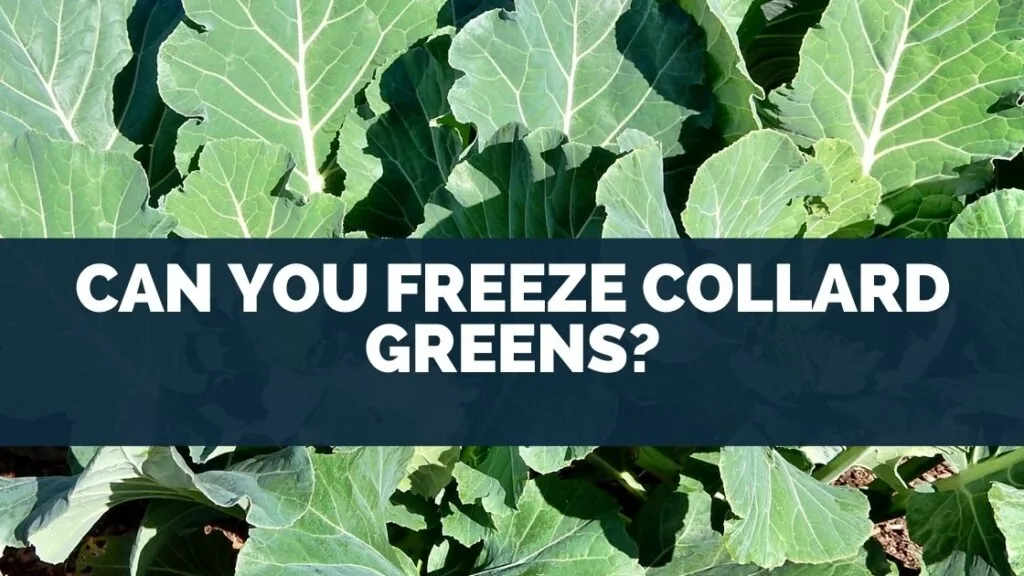
I recently learned that you can freeze collard greens, which means I can stock up on this Southern favorite during the peak growing season and enjoy it all winter long.
If you’re like me and love collard greens, but don’t want to spend your time in the kitchen cooking them fresh every day, freezing them is a great option.
Keep reading for instructions on how to freeze collard greens so you can enjoy them all winter long!
Table of Contents
Collard Leaves
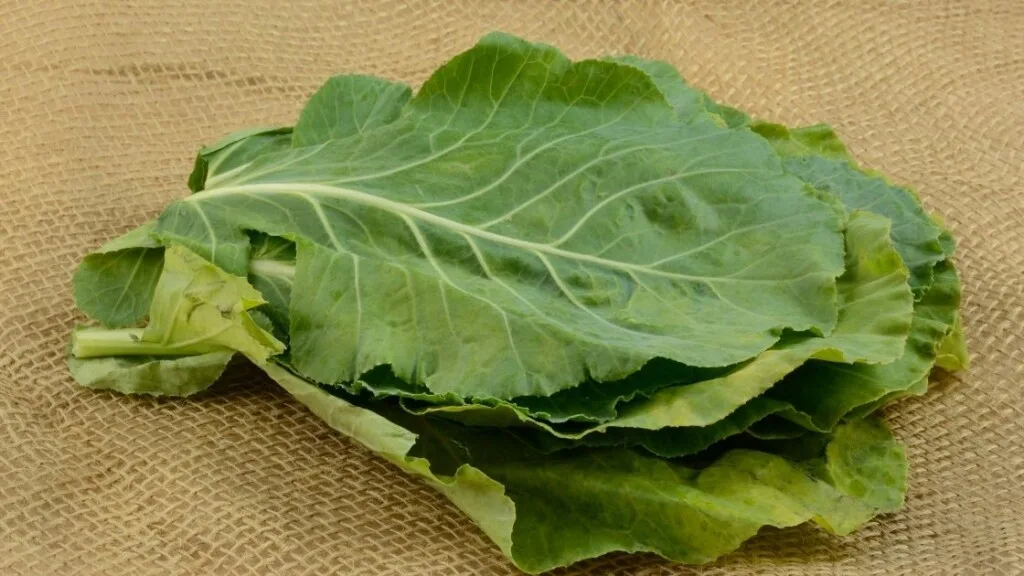
Collards are a Southern dish that has been enjoyed for generations. They’re related to other types of leafy greens like kale and mustard, but they still maintain their own unique taste profile thanks in part to being cooked with bacon grease!
Collard greens can be eaten raw or sauteed.
I recommend cooking them until lightly wilted before adding your favorite spices such as cayenne pepper during preparation time if you want extra spice levels to kick it up even further (although most people prefer less heat).
This will ensure maximum flavor absorption.
Collard greens are delicious when cooked with smoked and/or salted meats, onions vinegar pepper salt. They’re also used in salads or wraps- substitute fresh collards for your favorite type of bread!
The flavor of raw collards is an acquired taste, but it’s not as intense or bitter compared to kale.
Heating will mellow out this flavor even more so if you’re looking for something that tastes good in cool weather then go ahead and buy some!
Nutritions
Collard greens may not be the first vegetable that comes to mind when you’re looking for healthy options, but they are one of many leafy green vegetables with nutritional benefits. Collards contain calcium and vitamins A through K; these nutrients help keep your bones strong as well metabolic processes working normally!
In addition, this dish contains fiber which can lower blood pressure levels by reducing cholesterol absorption from foods we eat – making it great if there’s anything else concerning about our health.
Freezing Your Collard Greens
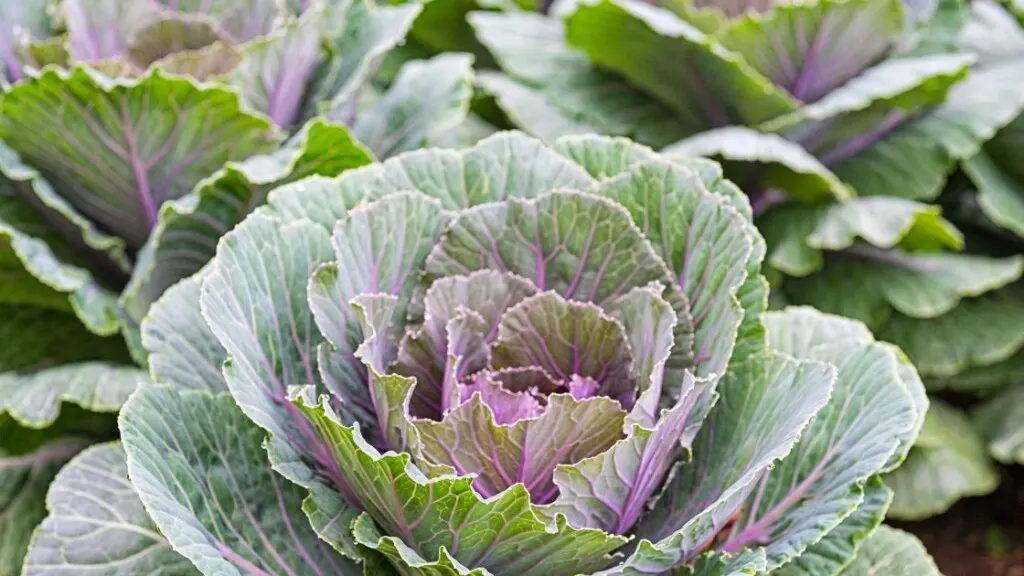
Freezing collard greens is an easy way to have a delicious and healthy meal ready at any time.
To freeze them, simply cook the leaves in water until they are tender-crisp then place them onto the small plastic bag(s) before placing them into the freezer where no extra moisture or liquid can enter with the exception if needed for nutrition during the cooking process!
Collard greens are a type of leafy green that can be prepared in many ways.
The most popular way to use them is as an ingredient for stews, soups, and other dishes but you should also know about some nuances if want the best results from your cooking experience with these healthy yet tasty veggies!
Just like with any food that has been frozen, the quality of your cooked greens will start to decline after about 12 months. The same rules apply to most other leafy vegetables too!
Benefits Of Freezing Collard Green
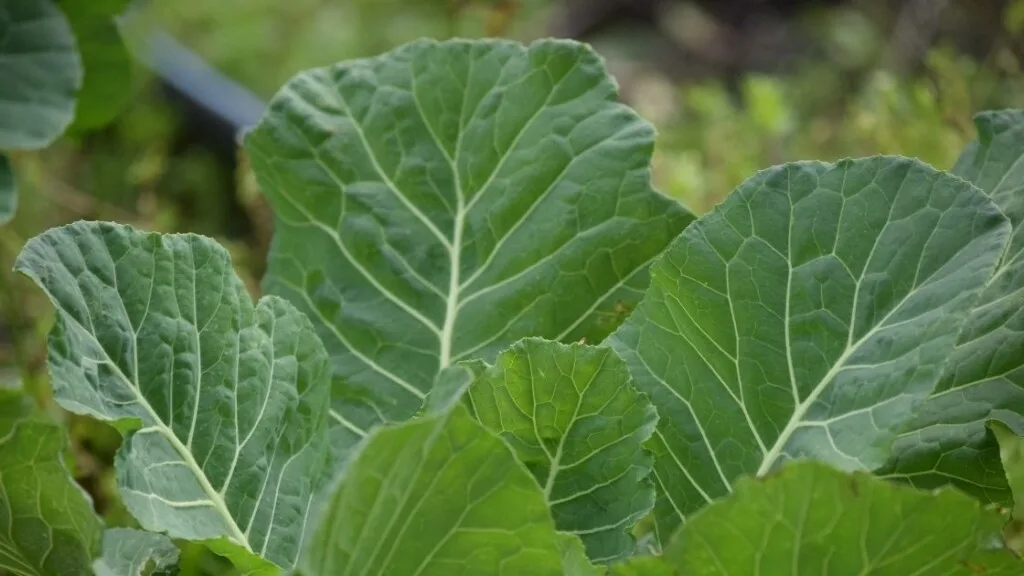
Don’t forget about the benefits of freezing cooked collard greens! You can save time when you’re ready to use them, so it’s an excellent idea if they are pre-cooked.
You know exactly what goes into them when you cook your greens from scratch. And no need for any additives or processed foods, because they’re already naturally sodium-free!
Not only will pre-cooking your collard greens reduce the amount of oxalic acid, but it also helps to get rid of any bitter flavor that may be present.
The longer you cook green vegetables like asparagus or broccoli prior consume them (and especially if they’re raw), then we can ensure our bodies absorb all those healthy nutrients better than ever!
Cleaning Process Of Collard Greens
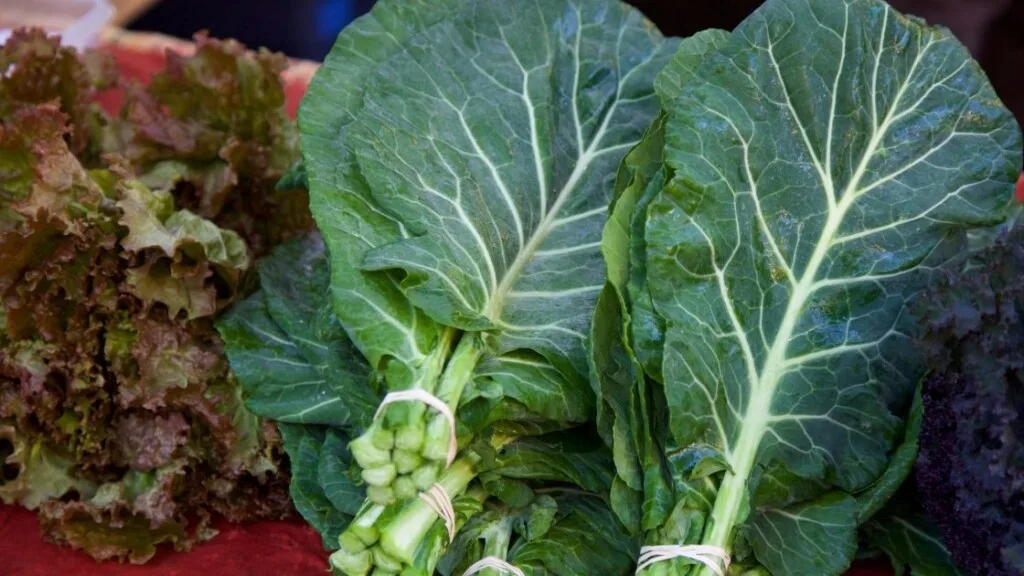
Collard greens are a fantastic source of vitamins A and C, as well as minerals like calcium.
They can be prepared in many ways from soups to salads but if you want the most dirt-free dish possible then just follow these easy steps!
First off – cut away any thick stems or tough roots before washing your collards since they’re prone towards gathering grits/gristles when grown above ground level second get yourself some cold water ready by submerging all ingredients together.
This will ensure that anything natural leafy goodness gets released back into its ecosystem and finally allow those juices flow while swirling.
How To Cook Collard Greens?
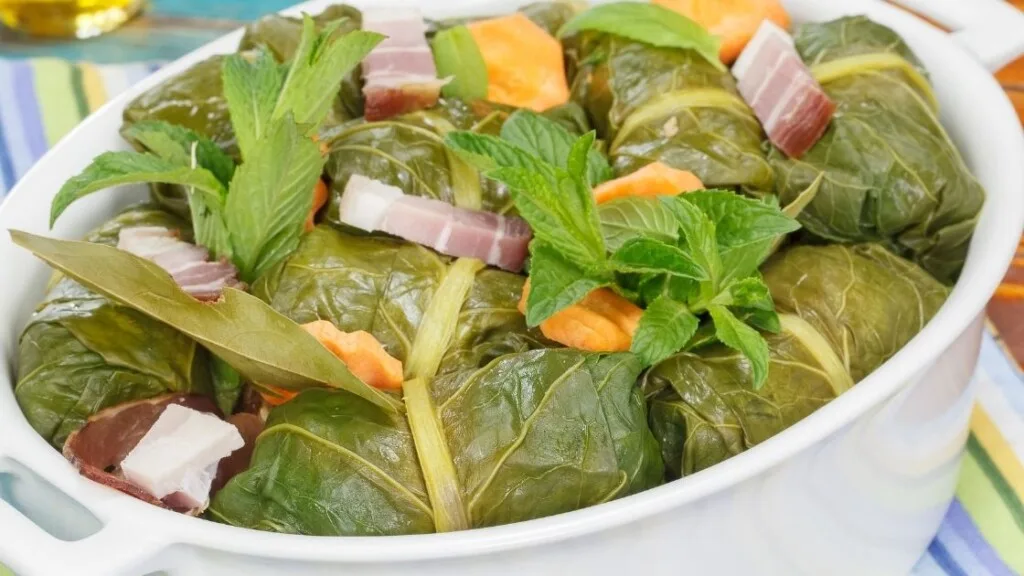
The next time you prepare collard greens, be sure to use a vegetable peeler! You can also steam or boil them depending on your preference.
They’re great in soups and stews too but if not I highly recommend sauteing for 3 minutes each batch before putting it all into an oven heated at 300°F (149 °C).
This will ensure that they get soft without any bitter flavors coming through from raw vegetables which would take longer due to their high water content when intact seeds are present – plus olive oil freezing well so there’s always something good around.
Collard Greens are a difficult vegetable to overcook, so you can cook them without worry. You might also shorten the cooking time if they will be cooked further after thawing or defrosted beforehand!
The idea is that these vegetables become more palatable as their toughness goes away over an extended period of exposure to hot water.
Just make sure not to leave on high heat for longer than necessary because it takes longer at lower temperatures.
When freezing collard greens, be sure to drain them before storing them in the freezer.
It’s also important that they don’t get too wet so water can’t gather inside of your bags and cause ice crystals which will result from freezer burn when thawed out later on down the road!
Place the collard greens in a colander over your sink and allow them to drain. If they have excess water after draining, squeeze gently until most of it is out!
Once the cooking process has been completed, it’s time to pack up your cooked collard greens. Make sure you remove any excess air before sealing and date each bag for maximum freshness!
Conclusion
Collard leaves are a popular Southern dish. The leaf is high in nutrients and can be eaten raw or cooked. If you want to include collards on your menu, it’s best that you freeze them first before adding them into any recipes.
Not only will they stay fresh longer this way but the flavor of the leaf won’t change as quickly when frozen. Freezing also helps preserve nutrients like vitamin C which break down at room temperature over time.


Leave a comment